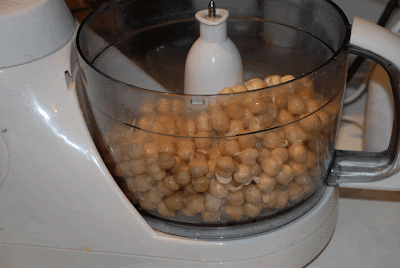Last weekend it was our friend Gavin's birthday and we contributed a lamb and eggplant curry to the festivities. You can read about how it all turned out on Gav's blog: the Greening of Gavin. But I thought I'd share the recipe because it's one of our favourites.
This recipe is actually a Better Homes and Garden's recipe from sometime last year (very possibly the same time last year) and it's the perfect winter meal when you've got some time to let the seeds and spices and meat and vegetables just simmer away for an hour or more. It's served with a tomato salsa and yoghurt and rice and it's warming and fragrant and delicious.
Besan (chickpea flour)
300mls natural yoghurt
600mls water
Olive oil
4 small eggplants, cut lengthways and cubed, salted and rinsed
900g lean diced lamb
2 tsp cumin seeds
2 tsp fennel seeds
2 tsp fenugreek seeds
2 tblsp black mustard seeds
2 brown onions, sliced
5 garlic cloves, chopped
3 long, red chillies (or to taste)
2 tsp tumeric powder
1.5 tsp cumin powder
1.5 tsp chilli powder
3 tsp salt
8 cm piece ginger, grated
1 can chopped tomatoes
2 sprigs curry leaves
Method:
It might look like a long list of ingredients, but it's really not too complicated. You just need to get everything chopped and measured out before you start cooking.
Combine the water and chickpea flour and whisk lightly
Add yoghurt and whisk until smooth
Heat the olive oil in a heavy saucepan
Fry off the eggplant until brown
Place on absorbant paper and set aside
Add a bit more oil to the same saucepan
Fry up the seeds for about 1 and a half minutes
Add a bit more oil
Add the onions, garlic and chilli and cook for about 2minutes
Add the spices and salt and stir through for a minute
Add the ginger and stir through
Add the lamb, brown and cook covered for about 10 minutes. (You might need to turn the heat down a fraction)
Add the can tomatoes, yoghurt mixture, eggplant and curry leaves and then simmer for at least an hour.
Salsa Ingredients
1 tbsp brown sugar
juice of 2 limes
1 spanish onion, diced
4 fresh tomatoes, diced
1 tsp nigella seeds
1/2 tsp celery seeds
1/2 tsp chilli flakes
4 cm piece of ginger, grated or chopped
Easy - mix all that stuff together and there's your salsa.
Serve the curry with some basmati rice, some extra yoghurt and the salsa.






















